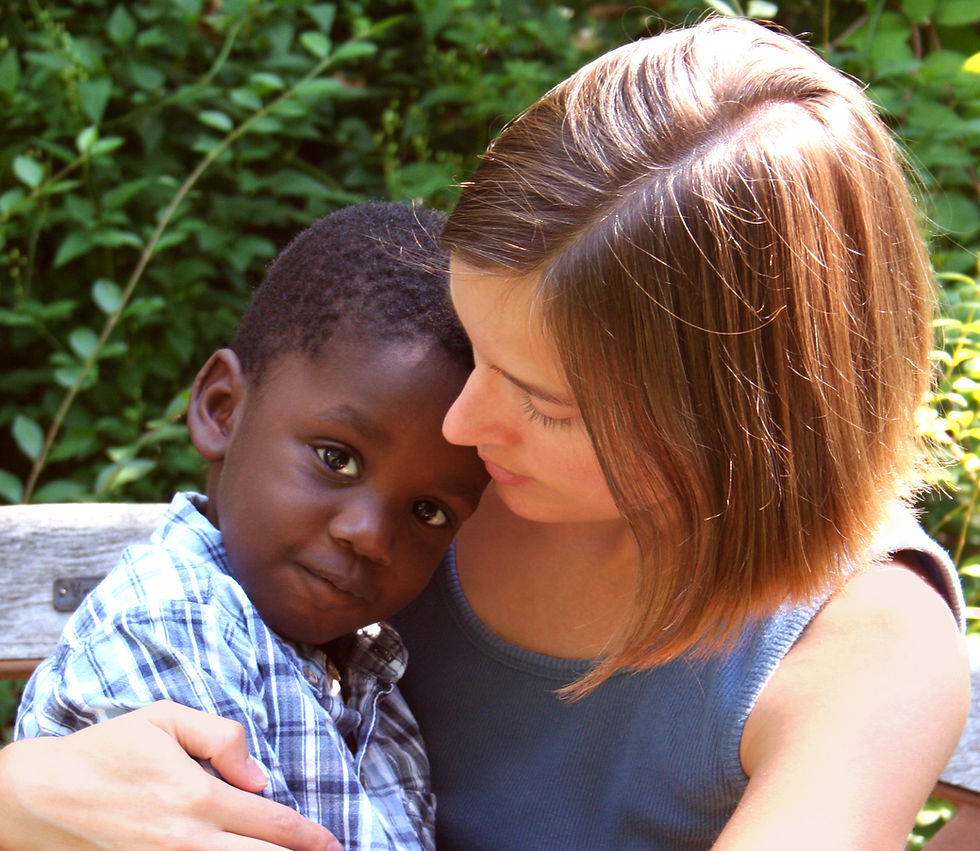ADOPTING FROM FOSTER CARE: THE ADVANTAGES AND THE CHALLENGES
- Dr. Mark Andrews

- Aug 18
- 2 min read

As recently as the 1970’s many states in the U.S. did not permit foster parents to adopt the children they were fostering, regardless of how long the children had been living with them. Fortunately, time has changed that mindset. Most states in our country now encourage foster- to-adopt and are putting policies in place that help streamline the process of foster-to-adopt.
Fostering prior to adopting has numerous benefits, one of which is that foster parents and the children they care for have time to determine whether they may be a good “fit” for each other. Determining this “good fit” is not a short-term process, and caring for a child over many months, or even a year or more provides prospective adoptive parents with a fuller picture of the child they are caring for—his emotional strengths and challenges, his likes and dislikes, and his ability to attach and bond with his foster parents (and they with him). There are a number of additional benefits to fostering-to-adopt, including:
Parents who have never parented before are able to gain parenting experience,
particularly in the area of parenting a child who has a trauma background. And we must
remember, all foster children have come from a trauma background.
It allows the child to have a more stable living situation without having to move
numerous times.
In some cases— if both parties are open to it—the foster parents can establish an
ongoing relationship with the child’s biological family members. Of course, this is
advisable only if the child’s biological family is able to evidence an adequate measure of
emotional and behavioral stability in their interactions with the child.
As with any form of parenting there are inherent risks in fostering to adopt. These risks are unique for foster parents who desire to adopt their foster child. For instance, the foster parent(s) must be open to the fact that the goal of the courts is to reunify that child with his birth parent(s) if this is part of their permanency plan. Of course, the compliance of the birth parent(s) with what is required of them by the court (substance abuse abstinence, domestic violence counseling, stable housing and employment, etc.) Another risk is that the child’s behavior may markedly worsen after the TPR (Termination of Parental Rights) is finalized. At that point there is no going back for the newly adoptive parents, and they must clearly understand that due to the child’s natural grief process his behavior may actually worsen for a period of time, even though he may have shown little emotional connection to his birth parents
while being fostered.
If you feel called to the foster-to-adopt journey, contact a reputable organization in your area that offers this parenting option. There are approximately 125,000 children in the U.S. foster care system (which currently totals around 390 ,000 children ages birth to 18). You may just be that unique person(s) who can open your heart and home to a foster child who desperately need a forever home!





Comments